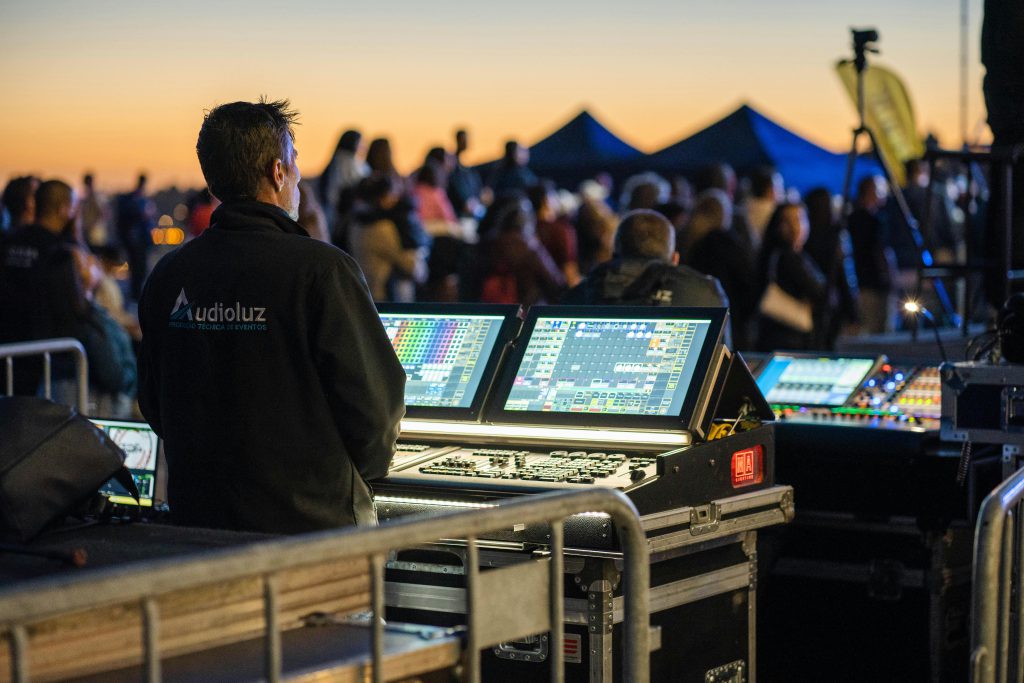Live Audio Mixing and Recording: Tools and Tips for Success
Delivering high-quality sound in live performances requires expertise and the right equipment for live audio mixing and recording. This guide dives into the tools and techniques that ensure your live sound captures the essence of the moment while delivering clarity and balance. Whether you’re a seasoned audio engineer or just starting, these insights will help you optimize your setup for flawless results.

Understanding Live Audio Mixing and Recording
What Is Live Audio Mixing and Recording?
Live audio mixing and recording involve managing and capturing audio in real time during performances, events, or broadcasts. While mixing focuses on balancing sound for immediate delivery, recording ensures the event’s sound is preserved for future use.
Key Components of the Process
- Mixing: Adjusting volume, EQ, and effects for optimal live sound.
- Recording: Capturing the audio feed for editing or archival purposes.
Why Live Audio Mixing and Recording Are Essential
In live events, sound quality can make or break the experience. A skilled mix ensures every word and note is heard clearly, while high-quality recording preserves the magic of the event.
Benefits of Professional Live Sound Handling
- Enhanced audience experience.
- High-fidelity recordings for promotion or production.
- Real-time adaptability to venue acoustics and technical challenges.
Essential Tools for Live Audio Mixing and Recording
Mixing Consoles
A mixing console is the heart of live audio mixing and recording. It enables you to manage multiple audio inputs and outputs, ensuring every sound element is balanced and polished.
Features to Look for in a Mixer
- Channel Count: Enough inputs for all instruments and microphones.
- Digital vs. Analog: Digital mixers offer more flexibility and presets.
- Built-in Effects: Reverb, delay, and compression for live sound enhancement.
Microphones
Choosing the right microphones is critical to capturing sound accurately.
Types of Microphones for Live Use
- Dynamic Microphones: Durable and handle high sound pressure, ideal for vocals and instruments.
- Condenser Microphones: Provide detailed sound, perfect for quieter instruments.
- Wireless Microphones: Allow freedom of movement for performers.
Audio Interfaces
An audio interface bridges the gap between your mixer and recording device, ensuring high-quality digital audio conversion.
Key Features of Audio Interfaces
- High sampling rates for detailed recordings.
- Multiple input/output options for versatility.
- Low latency for seamless sound management.
Recording Devices
Recording devices capture the output of your live audio mixing and recording setup. Options range from portable recorders to laptop-based solutions.
Recommended Recording Tools
- Standalone Recorders: Simple and reliable for direct sound capture.
- DAWs (Digital Audio Workstations): Offer more control and editing capabilities.
Best Practices for Live Audio Mixing and Recording
Preparing for the Event
Preparation is crucial for smooth live audio mixing and recording.
Steps to Take Before the Event
- Conduct a thorough soundcheck.
- Ensure all equipment is tested and functional.
- Familiarize yourself with the venue’s acoustics.
Achieving a Balanced Mix
A balanced mix ensures every element of the sound is audible and clear.
Techniques for a Professional Mix
- EQ Adjustments: Shape the tonal balance for clarity.
- Gain Staging: Prevent distortion by setting optimal input levels.
- Panning: Distribute sound across stereo channels for a fuller experience.
Managing On-the-Fly Adjustments
During live performances, unexpected issues often arise.
Tips for Real-Time Problem-Solving
- Keep a close eye on volume levels to avoid feedback.
- Use subgroups to manage similar instruments quickly.
- Communicate effectively with the team via cues or signals.
Recording Live Sound for Post-Production
Capturing Clean Audio
Recording high-quality audio during a live event lays the foundation for post-production.
Strategies for Better Recording
- Use a dedicated audio feed from the mixer to avoid crowd noise.
- Record at a high resolution for greater editing flexibility.
- Monitor recording levels to avoid clipping.
Editing and Enhancing the Recording
Post-production is where raw recordings transform into polished tracks.
Common Post-Production Techniques
- Noise Reduction: Remove unwanted background sounds.
- Equalization: Fine-tune frequencies for a balanced output.
- Mastering: Enhance overall loudness and consistency.
Common Challenges in Live Audio Mixing and Recording
Dealing with Venue Acoustics
Every venue presents unique acoustic challenges.
How to Optimize Sound in Different Venues
- Use acoustic treatment to reduce echo in reverberant spaces.
- Adjust EQ settings to counteract problematic frequencies.
- Position speakers to minimize feedback and dead zones.
Handling Technical Failures
Technical issues are a common concern in live audio mixing and recording.
Tips to Minimize Technical Problems
- Keep backup cables, microphones, and power supplies.
- Regularly maintain and inspect your equipment.
- Have a contingency plan for major failures.
Future Trends in Live Audio Mixing and Recording
Integration with AI
AI-driven tools are beginning to revolutionize live audio mixing and recording by automating tasks like EQ adjustment and feedback suppression.
Benefits of AI Integration
- Faster setup and tuning.
- Real-time problem-solving during live events.
- Enhanced customization through machine learning.
Wireless and Networked Systems
Wireless and networked audio solutions are reducing the complexity of traditional setups.
Advantages of Wireless Audio
- Greater mobility and flexibility for performers.
- Fewer cables, resulting in cleaner setups.
- Easy scalability for larger events.
Mastering live audio mixing and recording requires a combination of technical expertise, high-quality equipment, and a keen ear for sound. From preparing your tools to managing real-time adjustments and capturing clean recordings, every step contributes to delivering an unforgettable auditory experience.
With the right approach, you can ensure that your live performances not only sound exceptional in the moment but are also preserved for years to come. Whether you’re managing a small gig or a large-scale production, these tips and techniques will help you achieve professional results in live audio mixing and recording.
